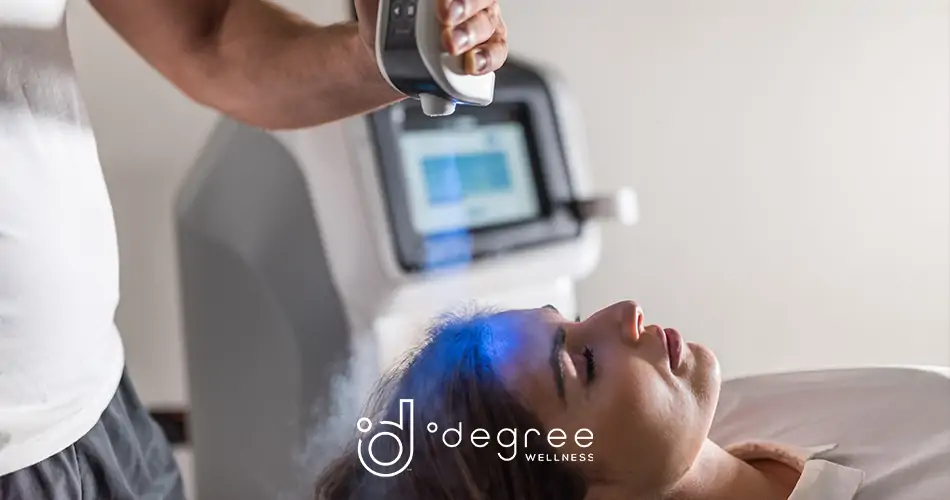From a simple application of cold ice pack to a more complex use of equipment such as cryosauna and cryochamber, cryotherapy has been said to bring noteworthy benefits that can significantly impact both beauty and wellness. Hence, some of the methods that utilize the concept behind cryotherapy are geared towards achieving healthy and youthful skin.
According to Joseph Jorizzo, MD from Wake Forest University, the appearance of an individual’s skin can be a window to one’s health. In fact, certain health conditions may initially manifest as a skin problem. For example, dark pigmentation on the neck or armpit, medically referred to as acanthosis nigricans, may indicate obesity and is often associated with diabetes (Gardner, 2016). On a lighter note, changes in our skin may not always signify health problems and can also be due to inevitable biologic processes, such as aging. Some of the visible signs of aging include wrinkling and sagging skin. Skin aging causes the pigment-containing melanocytes that defines a person’s skin color to decrease in number but increase in size. Making the skin appear thinner, paler and translucent. Aside from this, as a first line of defense, the skin is also exposed to the sun’s ultraviolet rays which makes it more vulnerable to damage. As a result, age spots, liver spots, or lentigos may appear. Moreover, the aging process also leads to a reduction in the strength and elasticity of connective tissues. This condition is called elastosis, which is manifested by leathery and weather-beaten appearance and is more common among people who are oftentimes exposed to the heat of the sun over long periods (Hurd, 2014).
Due to the effects of these damaging factors to our skin, the demand for treatments that can maintain and restore radiant and glowing skin has been noted to increase over the past years. Because of this increase in demand, °Degree Wellness is committed to provide different cryotherapy treatments, including cryotherapy facials.
Through the above mentioned cryotherapy facial services, collagen production in the deeper levels of the skin increases. This supports the skin’s capacity to rejuvenate itself, regain elasticity and appear smoother. Collagen is the main protein that defines the structure of the skin and can be damaged by sunlight. Such damage to collagen fibers can be minimized through the application of products or interventions which can heat the deeper layer of the skin, such as a cryotherapy facial, causing the collagen to contract, improving the appearance of wrinkles (Simon, 2012).
Furthermore, cryotherapy facials are also known to support the production of hyaluronic acid (HA), which is responsible for maintaining skin moisture through its unique capability of retaining water that keeps the turgor, resilience and pliability of the skin. However, as the skin undergoes the aging process, the disappearance of epidermal HA occurs. Aside from this, approximately 80% of skin aging is also attributed to exposure to ultraviolet radiation from the sun that leads to the deposition of HA in the dermis and concomitant loss of its extractability. This histochemical change causes an apparent dehydration, atrophy and loss of elasticity that characterizes aged skin (Papakonstantinou, Roth, & Karakiulakis, 2012).
References:
- Balsamo, L. (2016, November 2). Retrieved November 7, 2016, from Cosmopolitan:
http://www.cosmopolitan.com/style-beauty/beauty/a8074174/cooling-skin-care-products/ - Gardner, S. S. (2016, February 2). Retrieved November 2016, 7, from WebMD:
http://www.webmd.com/skin-problems-and-treatments/ss/slideshow-skin-and-health - Hurd, R. (2014, September 15). Retrieved November 7, 2016, from MedlinePlus:
https://medlineplus.gov/ency/article/004014.htm - Papakonstantinou, E., Roth, M., & Karakiulakis, G. (2012). Hyaluronic acid: A key molecule in skin aging. Dermatoendocrinology, 253 – 258.
- Simon, H. (2012, December 18). Retrieved November 7, 2016, from University of Maryland Medical Center.

